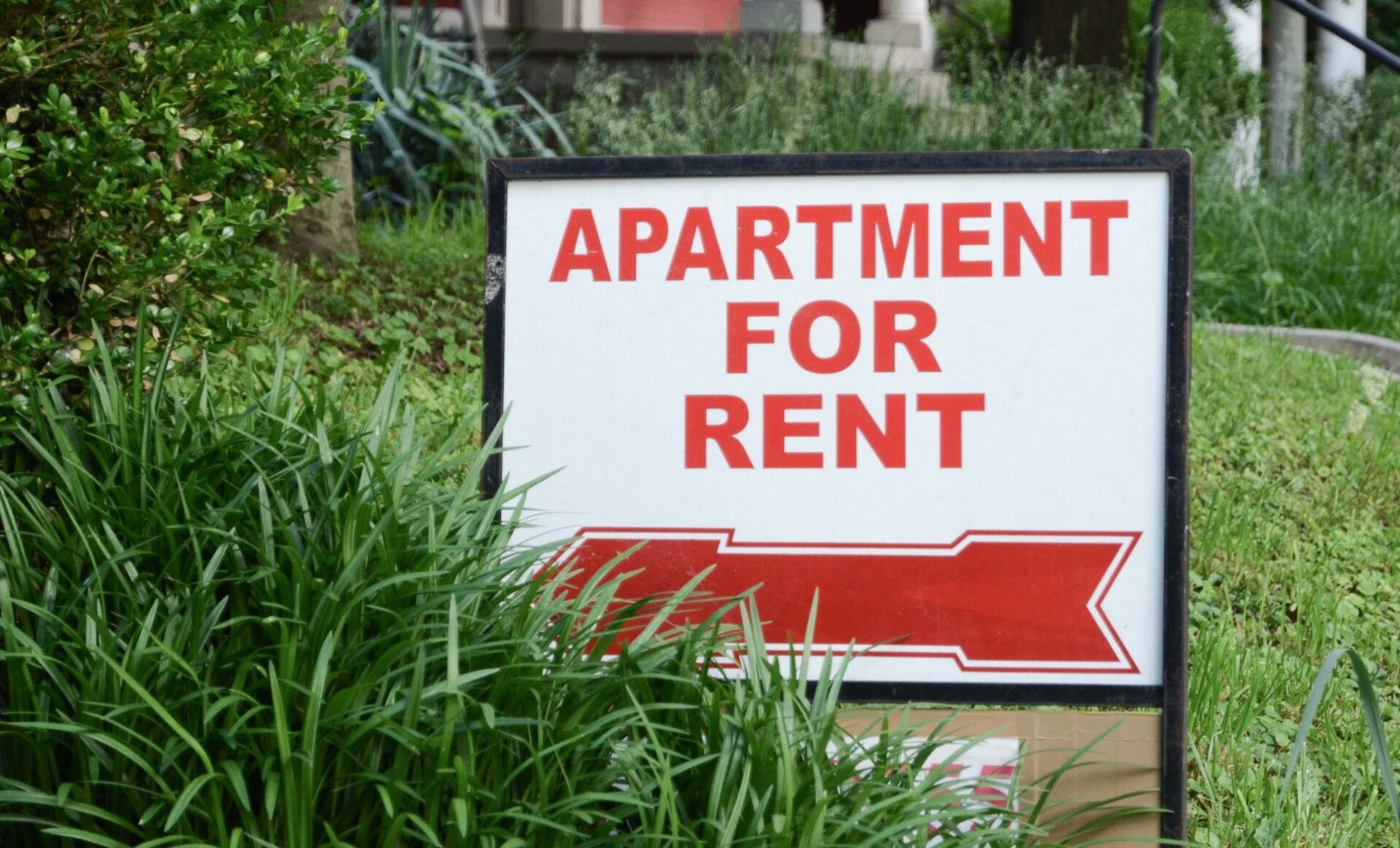By TOBIAS PETER, KEVIN CORINTH, and ED PINTO
It is an election year and Congress will soon consider two bipartisan bills to address high rental costs for many renters. The first is the Workforce Housing Tax Credit (WFHTC) and the second would be an expansion of the existing Low-Income Housing Tax Credit (LIHTC).
The WFHTC would extend eligibility for subsidized units to tenants earning below the area median. On a combined basis the two credits would expand eligibility to about three-quarters of the nation’s renters.
Both programs would offer generous federal government subsidies for building new apartments. Such a massive expansion of the state would waste taxpayer money, crowd out more private builders, and deter many families from advancing economically. Worst of all, it would do precious little to address the nation’s housing supply problem.
To be fair, the housing shortage that policymakers are looking to solve is real. However, doubling down with more government subsidies for new apartments isn’t the answer. The root cause is government regulatory failure – and no amount of money can fix that.
This should be obvious given the failure of the Low-Income Housing Tax Credit (LIHTC) program. Passed by Congress in 1986, LIHTC subsidizes expensive housing made affordable with massive subsidies. For example in California, it now routinely costs 1 million dollars to build just one unit.
Given the amount of money at stake, it should come as no surprise that the program is also complex and corruption prone.
But since LIHTC funds are allocated to every state, largely based on population, the program attracts bipartisan support despite it doing next to nothing to increase the supply of housing. According to one study, almost all LIHTC development would have been built by the market without any subsidies.
If that’s not enough, LIHTC also limits social mobility by creating a perverse incentive for families to maintain incomes below the threshold in order to initially qualify for an apartment. This undermines the job prospects of parents and the long-run success of children.
Despite the evidence, policymakers are now seeking to make a bad situation worse by effectively expanding LIHTC to middle-income households. The negative outcomes would be the same, albeit on a much larger scale.
Passing the WFHTC and an expanded LIHTC also represents a stealthy way to increase the reach of the government. Affordable housing programs only work by layering multiple generous rounds of federal, state, and local subsidies on top of each other. But that’s not all: The dirty secret of LIHTC is that its subsidized rents are often still so high.
For 2021, HUD reported that over 50 percent of LIHTC households reporting were also receiving rental assistance. The WFHTC would give new impetus to expand all these programs along with growing the quasi-governmental mortgage giants, Fannie Mae and Freddie Mac, who happen to be largest financiers of LIHTC projects. It would be bad policy for Congress to pass these bills.
The true policy solution to the government regulatory failure lies at the state and local level. Zoning codes limit what types of housing can be built and where, thus making land artificially scarce and expensive. Once a developer has secured the land, regulations from all levels of government – some useful without a doubt, but not all—add sizeable costs to build. Add laws that limit returns like eviction restrictions or outright bans, or rent control, and it’s no wonder that many private projects don’t pencil out.
Removing this red tape could unleash the ingenuity of the American people by allowing builders of all sizes –not just those that can navigate the bureaucracy — to get to work. Fortunately, this is already happening – and entirely without federal involvement. In 2023 alone, Washington, Montana, and Vermont followed Oregon (2019) and California (2021) in passing statewide reforms that allow moderately higher density in the form of cost-effective duplexes, triplexes, and townhouses.
Such supply reforms require no taxpayer subsidies and in the few areas they have been implemented, they actually have created tens of thousands of new housing units, which has helped tamp down price and rent appreciation. If more states sign on, such reforms could provide hundreds of thousands of new homes each year.
Contrast that with how decades of government intervention only seem to make the problem worse.
Tobias Peter, Kevin Corinth, and Edward Pinto are senior fellows at the American Enterprise Institute. This was originally published by Real Clear Markets.
